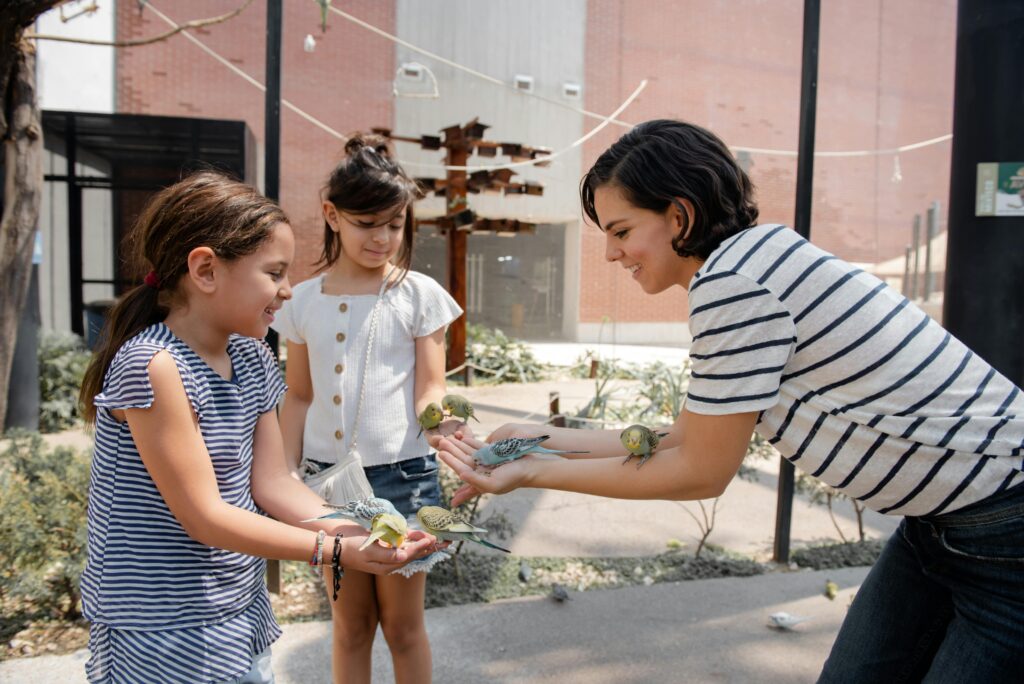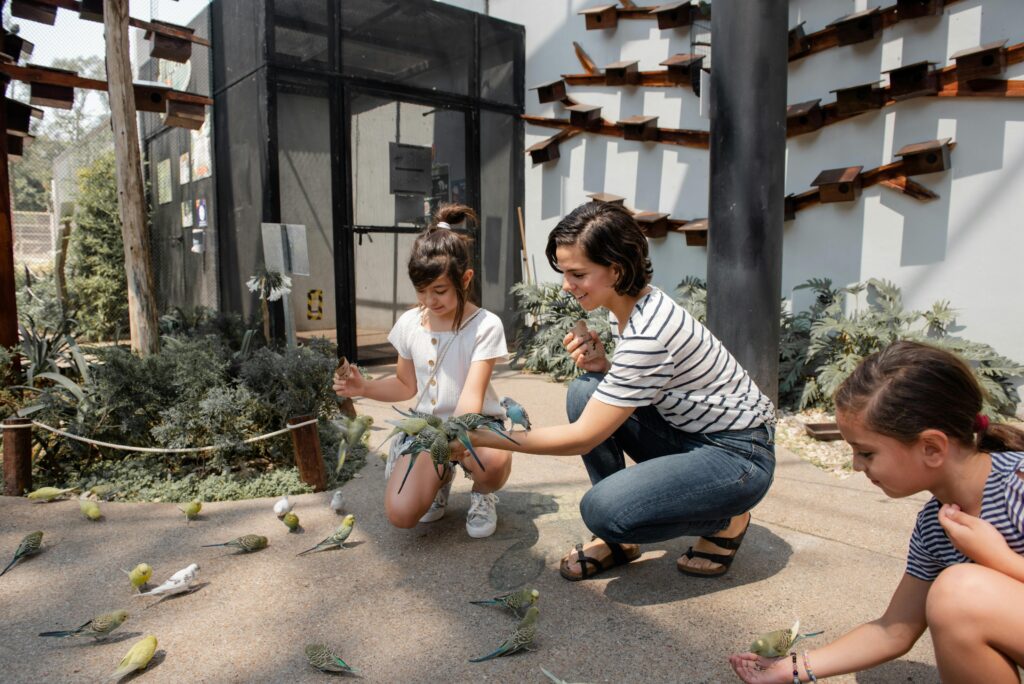Birds have long fascinated researchers with their ability to learn and produce complex vocalizations. Recent studies suggest that, much like humans acquire language, many bird species learn their songs through a process of imitation, social interaction, and practice. This comprehensive article explores the intricate mechanisms behind birdsong learning, drawing parallels with human language acquisition while incorporating new insights and overlooked details from earlier research.

The Evolutionary Connection Between Birds and Human Language
Historically, scientists have noted remarkable similarities between how young birds learn songs and how human infants acquire language. In both cases, there is a sensitive developmental period where exposure to adult sounds is crucial. This learning phase involves listening, memorizing, and eventually reproducing the sounds heard in their environment. Researchers have found that these processes may share underlying neurological and genetic mechanisms, offering a unique window into the evolution of communication.
The Science Behind Birdsong Learning
Neural Circuitry and Brain Structures
Birdsong learning involves specialized brain circuits often referred to as the “song system.” Key regions within this network—analogous to human speech centers such as Broca’s and Wernicke’s areas—are responsible for both the production and processing of sounds. Advanced imaging techniques have revealed that these regions undergo significant changes during the critical learning period, mirroring the neural plasticity observed in young children learning to speak.
Critical Periods and Vocal Imitation
Just as human language learning has a critical period, so too do many birds. During this phase, young birds are highly receptive to auditory input, actively listening to and imitating the calls of adult conspecifics. Failure to be exposed to these vocal models can result in incomplete or aberrant song development, emphasizing the importance of early social interaction.
The Role of Genetics: Spotlight on FOXP2
One of the most intriguing aspects of this research is the involvement of the FOXP2 gene—a gene also known for its role in human speech and language. Studies indicate that mutations or variations in FOXP2 can impact vocal learning in birds, providing a genetic link between birdsong and human language development. This discovery opens new avenues for understanding language disorders and developmental speech impairments in humans.
Social and Environmental Influences on Birdsong
Cultural Transmission of Songs
Birdsong is not just a biological process; it is also deeply cultural. In many species, songs are passed down through generations, evolving much like human dialects or accents. This cultural transmission means that bird populations can develop regional “dialects” that vary based on local environmental influences and social interactions.

Impact of Urbanization and Environmental Change
As urban areas expand, environmental noise and habitat alterations have begun to affect birds’ ability to learn and perform their songs. Recent research has focused on how urban noise pollution forces birds to adjust the pitch and volume of their calls. This adaptation, while a testament to their resilience, may also have long-term implications for their communication and mating behaviors.
Advances in Bioacoustics and Machine Learning
New technologies are revolutionizing our understanding of birdsong. High-resolution audio recording, combined with machine learning algorithms, now allows scientists to analyze subtle variations in bird vocalizations over time and across different regions. These tools not only help in decoding the complexity of birdsong but also aid in monitoring environmental changes and their impact on avian communication.
Broader Implications for Cognitive Science and Human Language
Insights into Neural Plasticity
Birdsong research provides valuable insights into the mechanisms of neural plasticity—the brain’s ability to adapt and reorganize itself. Understanding how birds’ brains change during the learning process can inform models of human brain development and recovery, particularly in the context of language rehabilitation after brain injuries.
Comparative Learning Processes
By comparing the vocal learning processes in birds with human language acquisition, scientists are uncovering fundamental principles of learning and memory. These comparative studies not only highlight the shared pathways between species but also underscore the diversity of strategies that evolution has crafted to solve similar communication challenges.
Applications in Speech Therapy and AI
The parallels between birdsong and human speech have inspired innovative approaches in speech therapy. For instance, understanding the iterative nature of song learning in birds may lead to new rehabilitation techniques for speech disorders. Additionally, the algorithms developed for analyzing birdsong are being adapted to improve voice recognition and natural language processing technologies.
Future Directions in Birdsong Research
Emerging research is set to integrate genetics, neuroscience, and ecology to create a holistic understanding of avian vocal learning. Future studies aim to explore:
- The effects of climate change on habitat and song variability.
- Inter-species comparisons to determine how different environmental pressures shape vocal learning.
- Longitudinal studies to track the evolution of bird dialects over generations.
- Innovative rehabilitation methods inspired by birds’ ability to relearn songs after disruptions.

Frequently Asked Questions
1. How do birds learn their songs?
Birds learn their songs through a process of listening to adult models during a critical period, followed by practice and gradual refinement of their own vocalizations. This learning process is influenced by both genetic factors and social interactions.
2. What role does the FOXP2 gene play in birdsong?
The FOXP2 gene is crucial for vocal learning in birds, much as it is for human speech. Variations in this gene can affect a bird’s ability to learn and produce complex songs, linking genetic mechanisms in both avian and human language acquisition.
3. Can environmental changes affect bird vocalizations?
Yes, environmental factors such as urban noise pollution and habitat loss can impact how birds learn and modify their songs. Studies show that birds may adjust their pitch and volume in response to noise, which can have broader implications for communication and mating.
4. Are there cultural aspects to birdsong?
Absolutely. Birdsong is culturally transmitted, with different populations developing regional dialects over time. These dialects evolve based on social interactions and environmental influences, similar to human languages and accents.
5. How can studying birdsong benefit human speech research?
Research into birdsong offers insights into neural plasticity, learning processes, and genetic factors that are also relevant to human speech development. This comparative approach can contribute to advances in speech therapy and the development of technologies in natural language processing.
6. What technologies are used to study birdsong today?
Modern techniques include high-resolution audio recording, bioacoustic analysis, and machine learning algorithms that help decode complex vocal patterns. These tools enable researchers to study the nuances of birdsong and monitor environmental impacts on vocal behavior.
Conclusion
The study of birdsong not only deepens our understanding of avian communication but also offers striking parallels with human language learning. Through neural plasticity, cultural transmission, and genetic influences, birds demonstrate that the process of acquiring and refining vocalizations is a complex, multifaceted phenomenon. As new technologies and interdisciplinary research continue to advance our knowledge, birdsong will undoubtedly remain a vital model for exploring the mysteries of language, learning, and communication across species. Whether you’re a bird enthusiast, a neuroscientist, or simply curious about the natural world, the evolving narrative of avian vocal learning invites us all to listen more closely and appreciate the sophisticated language of nature.
Sources Earth.com


